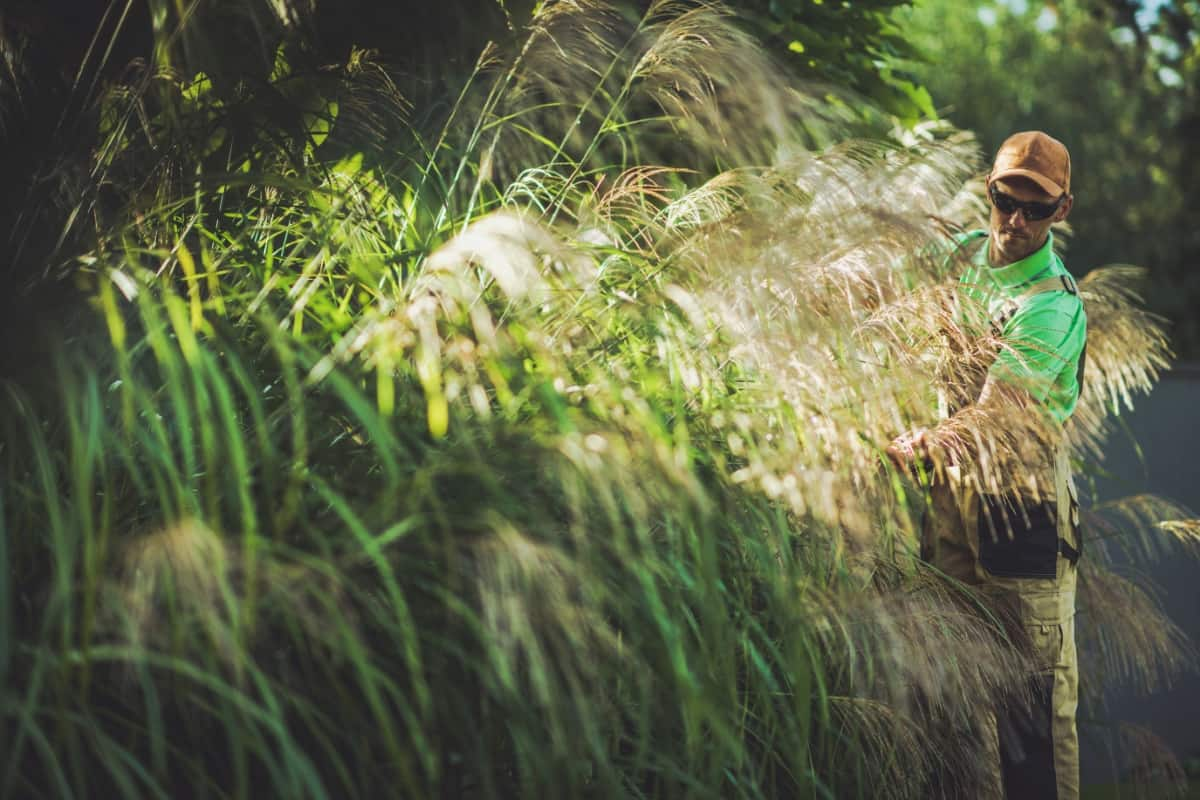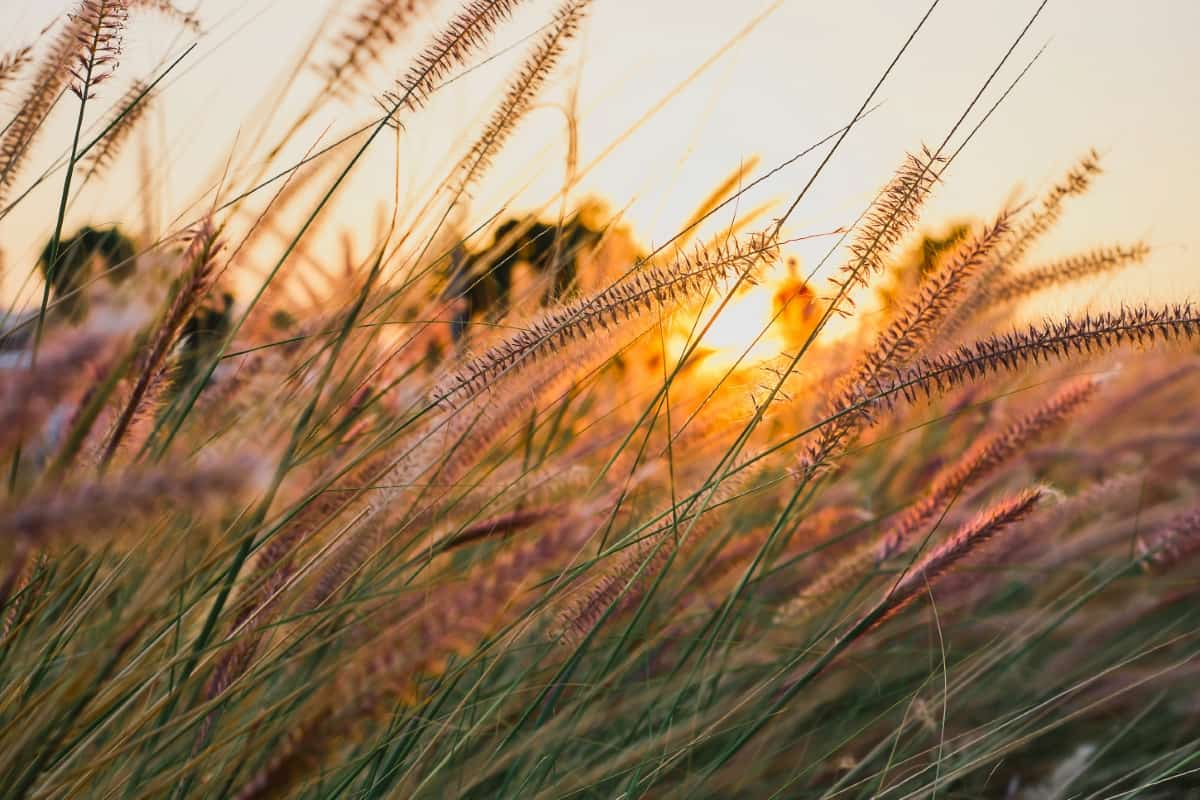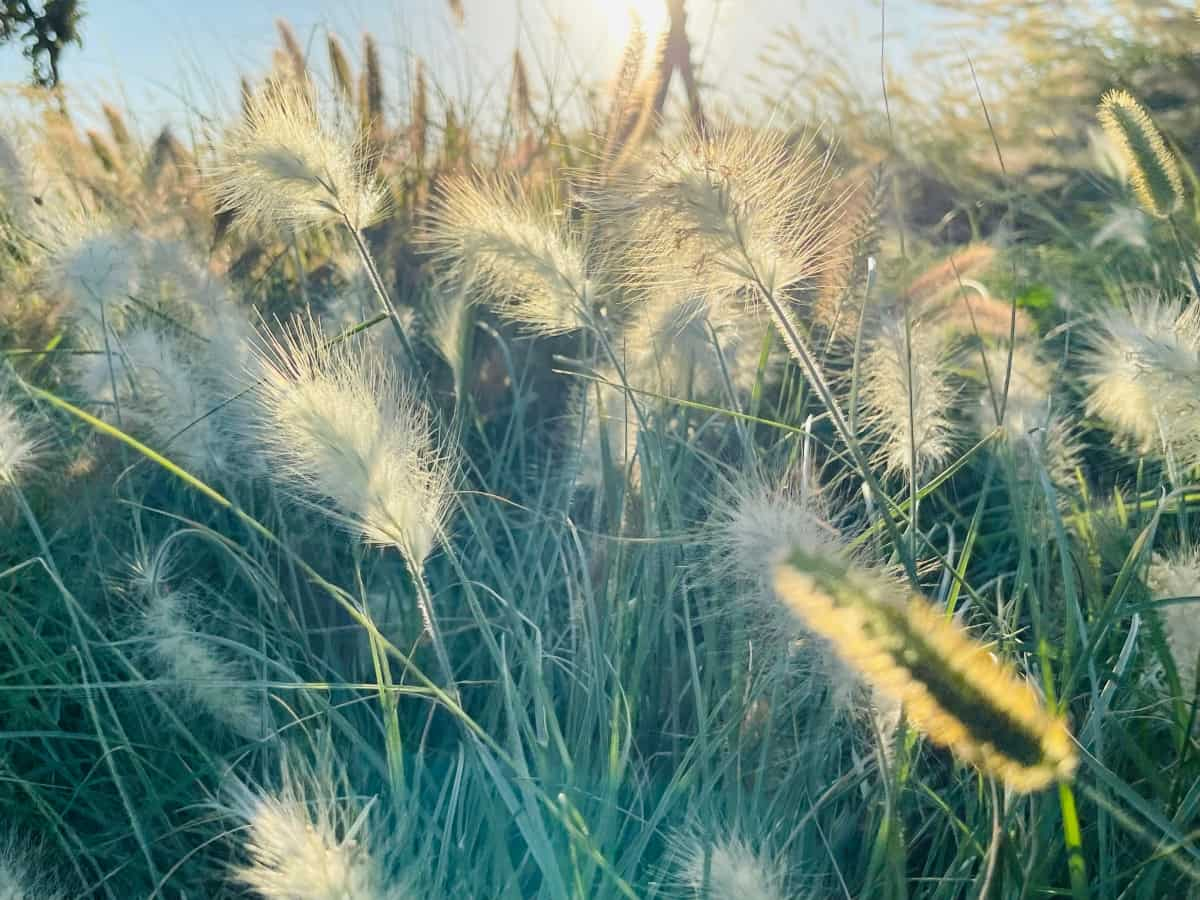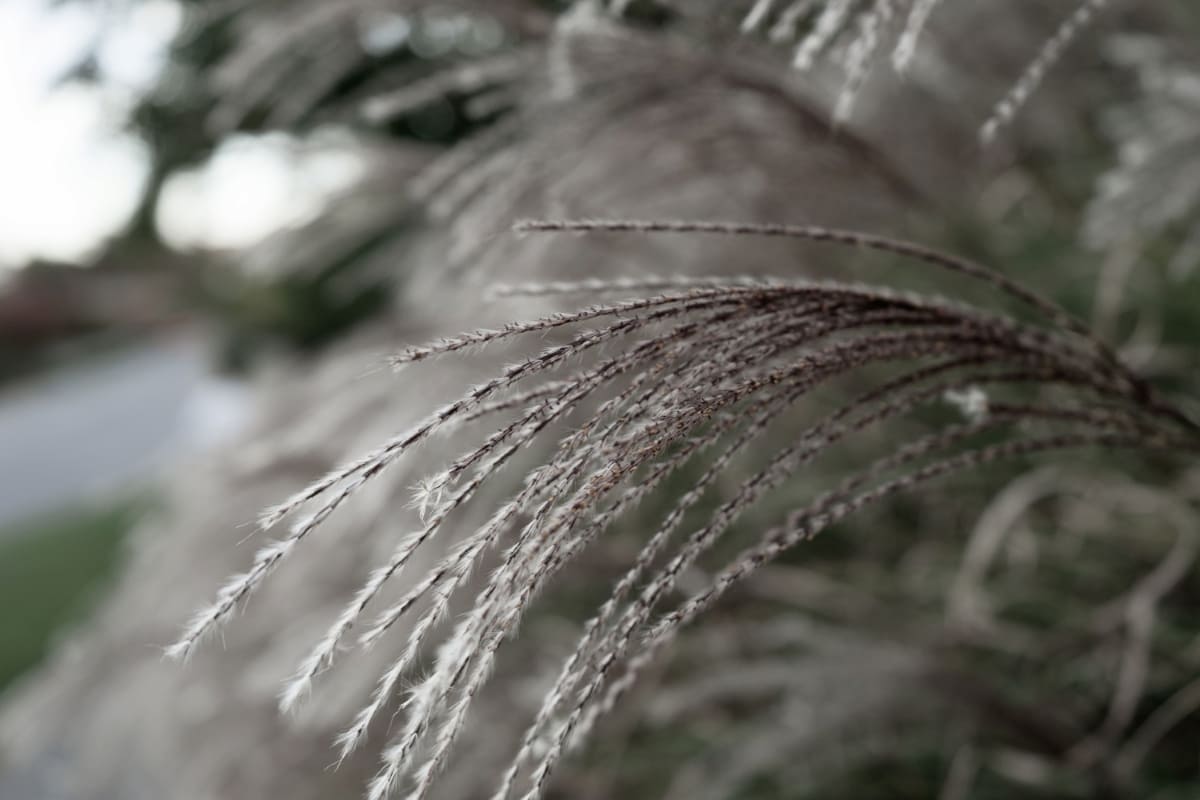Fungal diseases significantly threaten ornamental grasses, impacting their aesthetic appeal and overall health. Prized for their beauty and versatility in landscaping, ornamental grasses are susceptible to various fungal pathogens. Common culprits include rusts, smuts, and powdery mildews, which thrive in humid conditions. These diseases often manifest as discolored or distorted foliage, reducing the ornamental value of the grasses. Vigilance and prompt management are essential to safeguard the vibrant allure of ornamental grasses and maintain their role in enhancing landscapes.

Fungal Diseases in Ornamental Grasses
Understanding the Causes and Symptoms of Fungal Diseases in Ornamental Grasses
Fungal diseases in ornamental grasses are typically triggered by environmental conditions conducive to fungal growth. Excessive moisture, poor air circulation, and overcrowding create an ideal breeding ground for pathogens. Common symptoms include discolored or spotted foliage, lesions, and abnormal growth patterns. Rust infections manifest as rusty-colored pustules on leaves, while powdery mildew looks like a white powdery substance.
Smuts may result in black, sooty masses. Stressed or weakened plants are more susceptible. Preventive measures involve maintaining proper spacing, allowing for adequate airflow, and avoiding overhead watering. Fungicides can be employed, but early detection and prompt intervention are crucial to manage fungal diseases in ornamental grasses effectively.
Natural and Organic Treatment for Managing Fungal Diseases in Ornamental Grasses
Combating fungal diseases in ornamental grasses organically involves preventive measures and natural treatments. Enhance soil drainage to reduce moisture and provide ample spacing for air circulation. Apply neem oil, a natural fungicide, to control fungal growth. Introduce and encourage beneficial insects like ladybugs and lacewings, which prey on harmful pests, spreading diseases. Neem oil and baking soda solutions act as effective fungicidal sprays.
Additionally, fostering a healthy ecosystem by incorporating compost improves plant resilience. Employing these organic methods not only addresses fungal issues but also promotes sustainable and environmentally friendly practices in maintaining the vitality of ornamental grasses.
Cultural Practices for Preventing Fungal Diseases in Ornamental Grasses
Implementing proper cultural practices is key to preventing fungal diseases in ornamental grasses. Ensure proper spacing between plants to promote air circulation and reduce humidity, as fungi thrive in damp conditions. Avoid overhead watering, opting for soil-level irrigation to keep foliage dry.
In case you missed it: Management of Fungal Diseases in Ornamental Trees: How to Control and Prevent with Natural and Organic Treatment

Regularly remove dead or diseased plant material to prevent the spread of pathogens. Apply an organic mulch to help regulate soil moisture and temperature. Select disease-resistant grass varieties and practice crop rotation if applicable. By adopting these cultural practices, you create an environment that minimizes the conditions favorable to fungal growth, promoting the overall health and resilience of ornamental grasses.
Best Resistant Varieties of Ornamental Grasses for Disease Management
- Shenandoah (Feather Reed Grass): Resistant to rust and other diseases.
- Karl Foerster (Feather Reed Grass): Exhibits resistance to rust and fungal infections.
- Little Bluestem: Known for its hardiness and resistance to powdery mildew.
- Cheyenne Sky (Switchgrass): Offers resistance to powdery mildew.
- Elijah Blue (Fescue): A durable fescue variety with good disease resistance.
- Heavy Metal (Switchgrass): Resistant to various fungal infections.
Best Watering Techniques to Minimize Fungal Disease Incidence in Ornamental Grasses
- Water at the Base: Direct water at the base of the plants rather than overhead. This helps keep foliage dry, preventing the conditions favorable for fungal growth.
- Morning Watering: Water in the morning to allow the grass to dry during the day. Avoid evening watering, as damp conditions overnight can encourage fungal development.
- Drip Irrigation: Utilize drip irrigation or soaker hoses to deliver water to the soil directly, minimizing contact with the foliage.
- Mulching: Apply an organic mulch layer around the grass base to retain soil moisture and prevent splashing of water onto the leaves.
- Avoid Overwatering: Ensure proper drainage to prevent waterlogged soil, as excessive moisture promotes fungal diseases. Water only when necessary, considering weather conditions and soil moisture levels.
Best Soil Management and Amendments for Controlling Fungal Diseases in Ornamental Grasses
Effective soil management is crucial for controlling fungal diseases in ornamental grasses. Start by ensuring well-draining soil to reduce excess moisture, a key factor in fungal growth. Regularly aerate the soil to enhance oxygen circulation and discourage pathogens. Incorporate organic matter like compost to promote a healthy soil structure and beneficial microbial activity.
In case you missed it: How to Use Neem Oil to Control Leafhoppers on Ornamental Shrubs: Preparation and Application

Additionally, consider adding natural amendments such as neem cake or garlic, known for their antifungal properties. This holistic approach mitigates fungal risks and fosters a robust soil ecosystem, contributing to the overall resilience of ornamental grasses against diseases.
Best Pruning and Sanitation Practices to Reduce Fungal Disease Spread in Ornamental Grasses
Implementing effective pruning and sanitation practices is vital to minimize fungal disease spread in ornamental grasses. Regularly remove and dispose of any dead or infected plant material, as these can harbor pathogens. Prune the grasses in late winter or early spring to eliminate overwintering fungal spores.
Cut back the grasses to ground level, allowing fresh, disease-free growth. Sterilize pruning tools between each use to prevent cross-contamination. Adequate spacing and thinning of the grass clumps also enhance air circulation, reducing humidity and the risk of fungal infections. By incorporating these practices, you create a healthier environment for ornamental grasses, minimizing the impact of fungal diseases.
Best Biological Control Methods for Managing Fungal Diseases in Ornamental Grasses
Biological control methods offer sustainable solutions for managing fungal diseases in ornamental grasses. Introduce beneficial insects like ladybugs, lacewings, and predatory mites that feed on harmful pests spreading diseases. Encourage natural predators like birds and spiders to establish in the garden, contributing to a balanced ecosystem. Employing beneficial nematodes in the soil helps control soil-borne pathogens.
Additionally, mycorrhizal fungi can be introduced to enhance plant immunity. These biological approaches promote a harmonious and self-sustaining ecosystem, reducing the reliance on chemical interventions and fostering the long-term health of ornamental grasses.
Best Organic Fungicides and Their Application for Treating Fungal Diseases in Ornamental Grasses
Organic fungicides provide effective, environmentally friendly solutions for treating fungal diseases in ornamental grasses. Neem oil, derived from neem tree seeds, exhibits antifungal properties and disrupts the life cycle of pathogens. Baking soda mixed with water is a natural fungicide, controlling powdery mildew. Copper-based solutions, like copper sulfate or copper hydroxide, offer broad-spectrum antifungal activity.
In case you missed it: Management of Fungal Diseases in Perennial Flowers: How to Control and Prevent with Natural and Organic Treatment

Apply these organic fungicides when conditions favor disease development, typically in the early morning or late evening, and reapply as needed. Consistent use and cultural practices enhance ornamental grasses’ resilience, promoting a healthy and disease-resistant landscape.
Conclusion
Always test any new treatment on a small portion of the plant first to ensure there are no adverse reactions. Also, maintaining overall plant health through proper cultural practices is essential for disease prevention. Regular inspection and early intervention can help keep your ornamental grasses healthy and beautiful.
- How to Prevent and Control Parasites in Goats
- Beneficial Insects in Pest Management
- Natural Solutions for Pest Control in Flower Gardens
- Types of Fungicides Used in Agriculture
- Common Issues in the Fruit Development Stage of Pomegranate Farming
- Fruit Development Issues in Papaya: Easy Solutions and Treatment
- Soil-Borne Diseases and How to Protect Your Plants
- Practices to Prevent Disease Spread in the Garden
- From Wilted to Thriving: How to Treat Root Rot Naturally in Houseplants